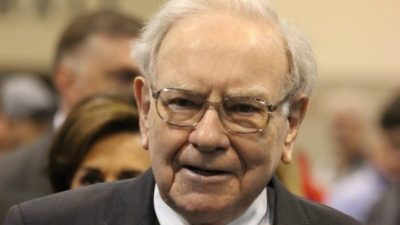Everyone would like to have great performers in their portfolio. There are numerous factors that could decide whether an ASX share that could do well. I'm going to tell you about one area that's particularly important: organic growth.
I'm not talking about organic fruit and vegetables. I'm referring to how much growth a ASX share is able to achieve through its own means rather than relying on acquisitions to become bigger.
Not all growth is the same
For an ASX share to deliver sustainable returns for investors beyond just a dividend payment, I think it needs to deliver growth of some sort, financially or operationally.
Becoming bigger has its benefits, including stronger scale advantages which businesses can use to generate higher margins and/or offer customers better value. Costco is known for using its scale to provide cheaper and cheaper prices for customers.
Different businesses grow in different ways. Software businesses may grow by adding subscribers, supermarkets can add more stores to their network, and so on.
Companies can grow through acquisitions, but this can come with risks. For starters, businesses can overpay. Price is as important for buying a whole business as it is for buying individual shares like regular people do.
Trying to integrate a business can be problematic if the cultures are different, along with several other considerations.
How that deal is funded by an ASX share is important – is it done with debt, a capital raising or existing cash? If possible, I think the best way to fund a deal is with existing cash reserves.
Too much debt can bankrupt a business (and at the very least comes with costly interest payments), while a capital raising dilutes existing shareholders. Hopefully, the value being acquired (plus synergies), is greater than the dilution.
For example, if a company had $100 million in revenue and a $100 million market capitalisation with 100 million shares, it would have a share price of $1 and revenue per share of $1. If that company bought a business with $10 million revenue for $10 million and funded it with a $10 million capital raising it would mean the revenue per share is still $1.
If it grew revenue by itself organically by 10% to $110 million without doing an acquisition, the revenue per share would be $1.10, hopefully increasing the underlying value.
Organic revenue drives value
Profitable organic revenue growth can drive a business significantly higher if it compounds over time.
I think it's fine if there's a combination of organic growth and successful bolt-on acquisitions. But, look at some of the successful ASX shares over the last several years: Xero Limited (ASX: XRO), Altium Limited (ASX: ALU), Pro Medicus Ltd (ASX: PME), TechnologyOne Ltd (ASX: TNE) and Lovisa Holdings Ltd (ASX: LOV) – they have all displayed strong organic growth of the core businesses, with any acquisitions just being a bonus.
When double-digit organic growth compounds over the long term, the revenue figure can become much larger. If a business continually grows its revenue by 15% per annum, the revenue doubles in size in five years.
The more the revenue grows, the more a company can re-invest for more growth and/or improve the net profit.
Over the next five years, I think the best non-resource ASX share performers are likely to be the ones that demonstrate strong organic revenue growth. But, the valuation needs to make sense.









